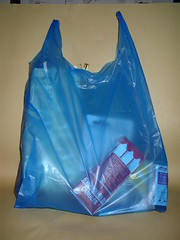Chemistry µGCSE:Addition Polymers
10 quick questions - for GCSE and iGCSE
10 minutes maximum! Can you do it in 5? |
|||||||||||||||||
1. A long chain molecule made by joining many small units together is called a ...
| |||||||||||||||||
2. The small molecules which join together to produce a long chain molecule are called ...
| |||||||||||||||||
3. The name of the polymer formed when butene is polymerized is ...
| |||||||||||||||||
4. In addition polymerization the monomer MUST contain ...
| |||||||||||||||||
5. Propene has the structure:
The repeat unit of the polymer formed by the polymerization of propene is: |
|||||||||||||||||
| |||||||||||||||||
Q6-7: Ethene can be used to produce the polymer poly(ethene).
|
 |
||||||||||||||||
6. Ethene is produced by splitting long chain hydrocarbons into shorter chain hydrocarbons. The name of this process used to produce ethene is ...
|
|||||||||||||||||
7. Which of the following is correct about the effect of these compounds on bromine water?
| |||||||||||||||||
8. Which of the following is false about most addition polymers?
| |||||||||||||||||
9. The formula of one particular addition polymer is:
|
|||||||||||||||||
The name of this polymer and the formula of the monomer used to produce it is ...
| |||||||||||||||||
10. Addition polymers have a low melting point because they have a ...
| |||||||||||||||||